Are Home Listings Making a Comeback?

After years of feeling like finding the right home was nearly impossible, things are finally shifting—in a good way.
Across the U.S., the number of homes for sale is climbing, which means more choices for buyers. But keep in mind: how much inventory has grown depends on where you live. That’s where a local expert (like me) makes all the difference.
Here’s a quick snapshot of what’s happening with inventory right now:
Nationwide Growth:
Inventory is up in every U.S. region, according to Realtor.com. In fact, all four regions have seen at least a 19% jump compared to this time last year. The West leads the way, with inventory up nearly 41% year-over-year (check out the chart below).
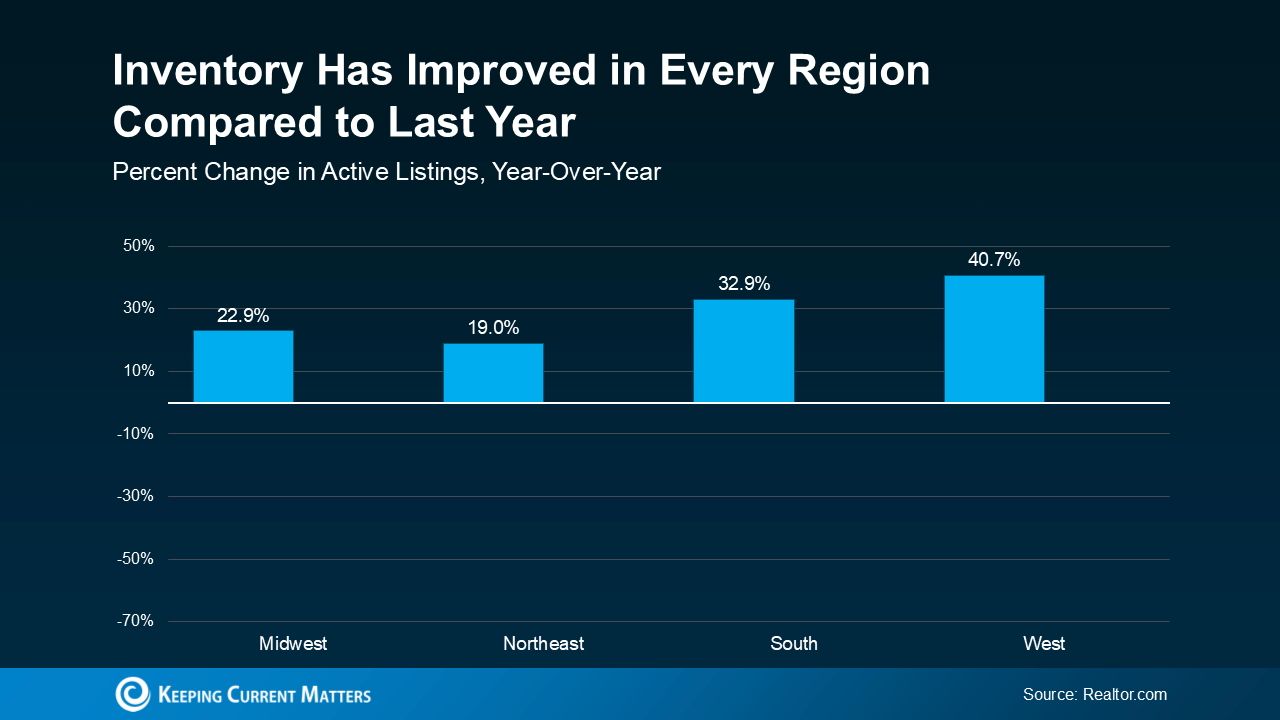
Why Inventory Is Climbing; Two key factors are driving the recent jump in available homes:
- More Sellers Are Entering the Market. Many homeowners had been holding off, waiting for lower mortgage rates. But some have decided it’s time to move forward anyway. In fact, this May saw more new listings than any May in the past three years.
- Homes Are Taking Longer to Sell. With properties staying on the market longer, the total number of active listings has grown. The typical home took 51 days to sell in May—much closer to the historical average.
This rise in inventory is helping the market gradually shift from a seller-dominated environment to a more balanced one. It’s not quite a buyer’s market yet, but it’s moving in that direction—especially in certain areas. As Danielle Hale, Chief Economist at Realtor.com, explains:
“The number of homes for sale is rising in many markets, giving shoppers more choices than they’ve had in years . . . the market is starting to rebalance.”
It All Depends on Location
That said, how quickly things are shifting depends on where you are. Some regions are nearly back to normal pre-pandemic inventory levels. Others still have a ways to go.
Take a look at the next chart—it compares current inventory levels to the “last normal” years in housing (2017–2019). Green highlights areas closer to historical norms, while red shows where inventory is still lagging. National trends matter, but real estate is always local. Let’s talk about what this means in your area.
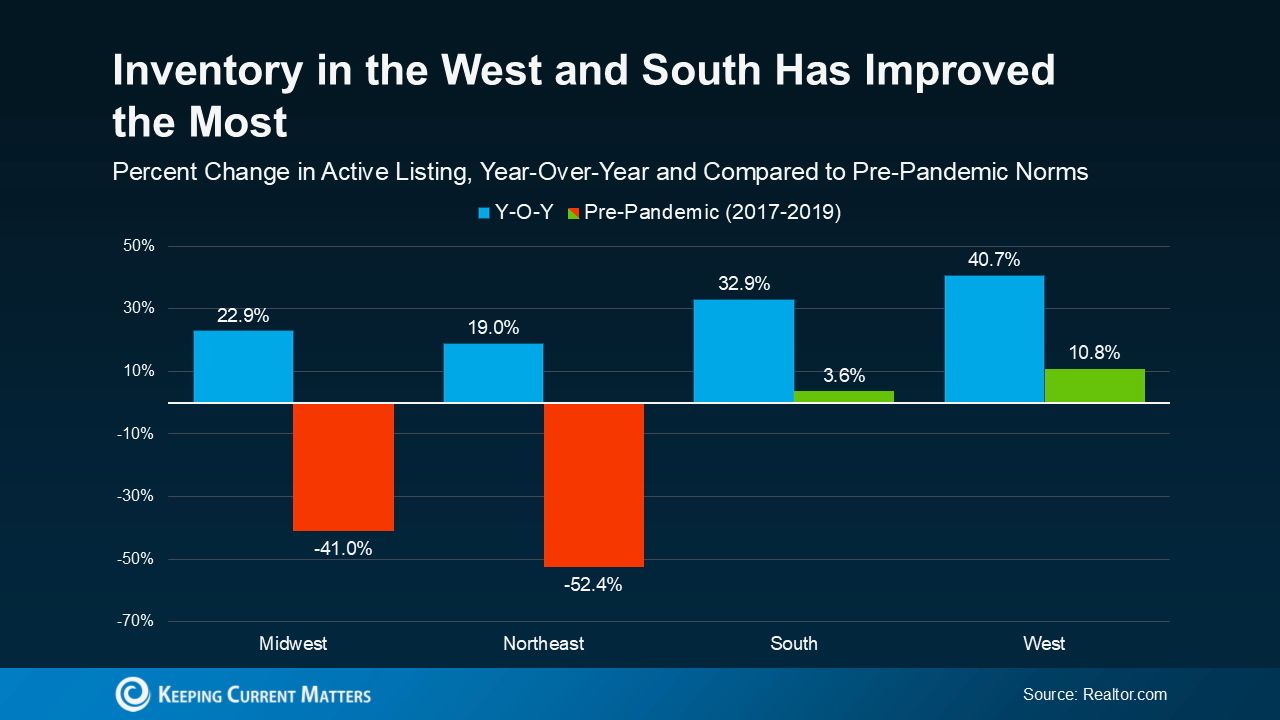
The good news? You’ve got more options now than you did a year ago—and that can make a big difference. More inventory means less competition and a better shot at finding a home that truly fits your needs.
But keep in mind: every market moves at its own pace. Some areas are bouncing back faster than others. That’s why working with a local real estate agent is key. They’ll give you the inside scoop on how inventory is trending in your target neighborhood and help you focus your search where the opportunities are strongest.
What This Means for You
Inventory is definitely improving, but the timeline for getting back to normal will vary depending on where you're looking to buy. Some areas are seeing a faster rebound, while others are still catching up. That’s why it’s so important to connect with a local real estate agent who understands the nuances of your market. They can walk you through what’s happening on the ground and help you make a smart, informed move.
So here’s a question: What’s one thing you’ve noticed lately that makes today’s market feel different from a year or two ago?
Categories
Recent Posts

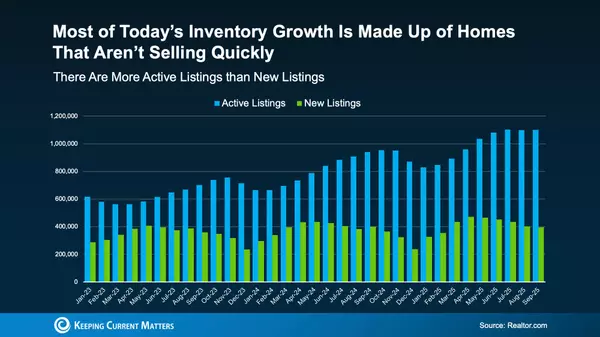
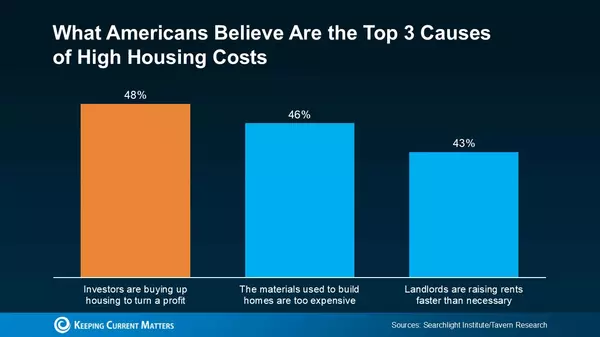
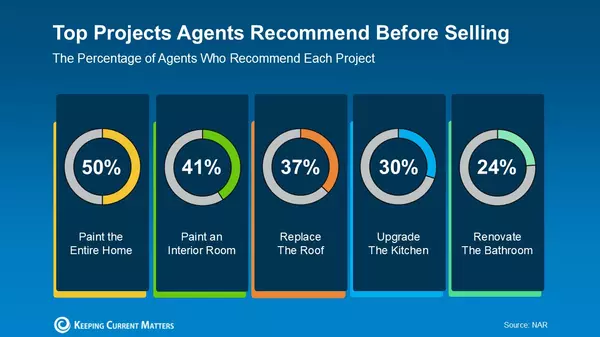
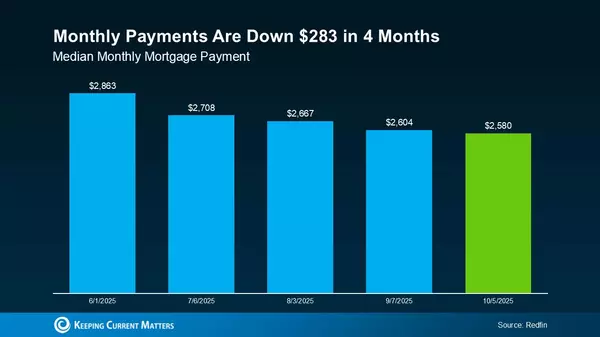
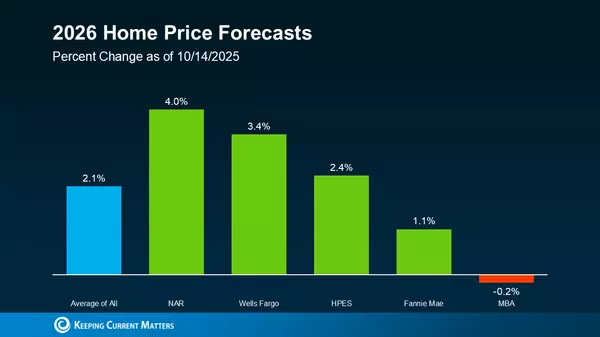
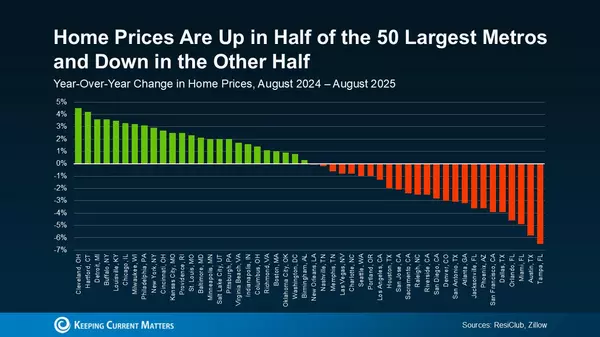

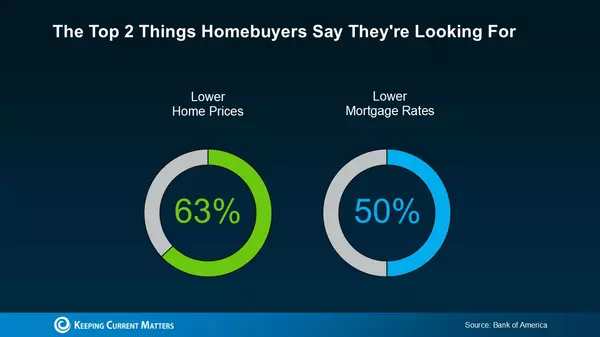
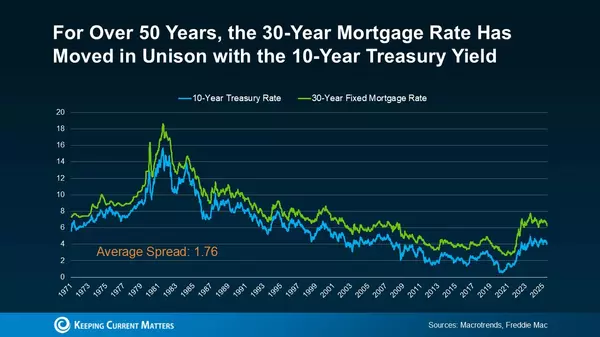
GET MORE INFORMATION


